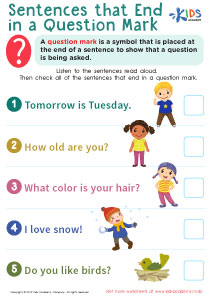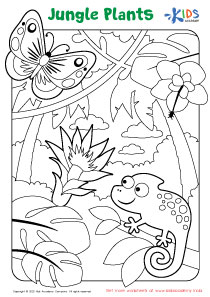Understanding opposites Kindergarten Worksheets
5 filtered results
-
From - To
Unlock the world of opposites with our engaging Kindergarten Worksheets! Designed to enhance early literacy skills, these colorful activities help young learners recognize and understand opposite concepts such as big vs. small, hot vs. cold, and more. Each worksheet features fun illustrations and prompts that encourage critical thinking, enabling children to relate these concepts to their everyday lives. Perfect for teachers and parents alike, our worksheets make learning opposites enjoyable and interactive. Foster your child's cognitive development while providing a solid foundation for essential language skills. Dive into our collection of worksheets today and watch your child's understanding of opposites grow!
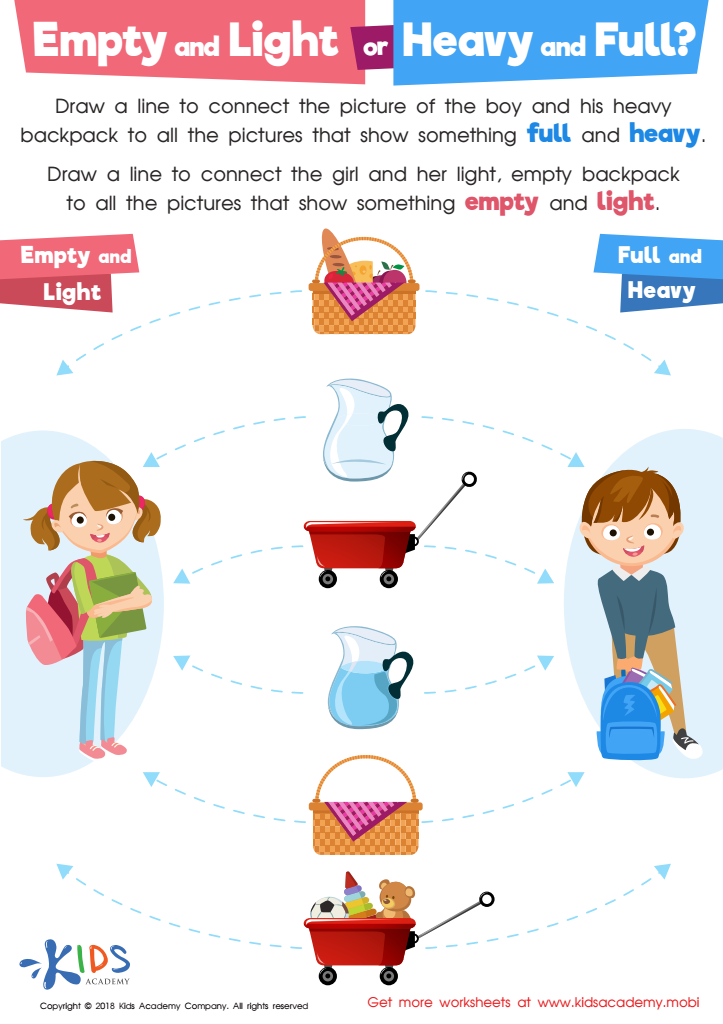

Empty and Light or Heavy and Full? Worksheet


Opposites Worksheet
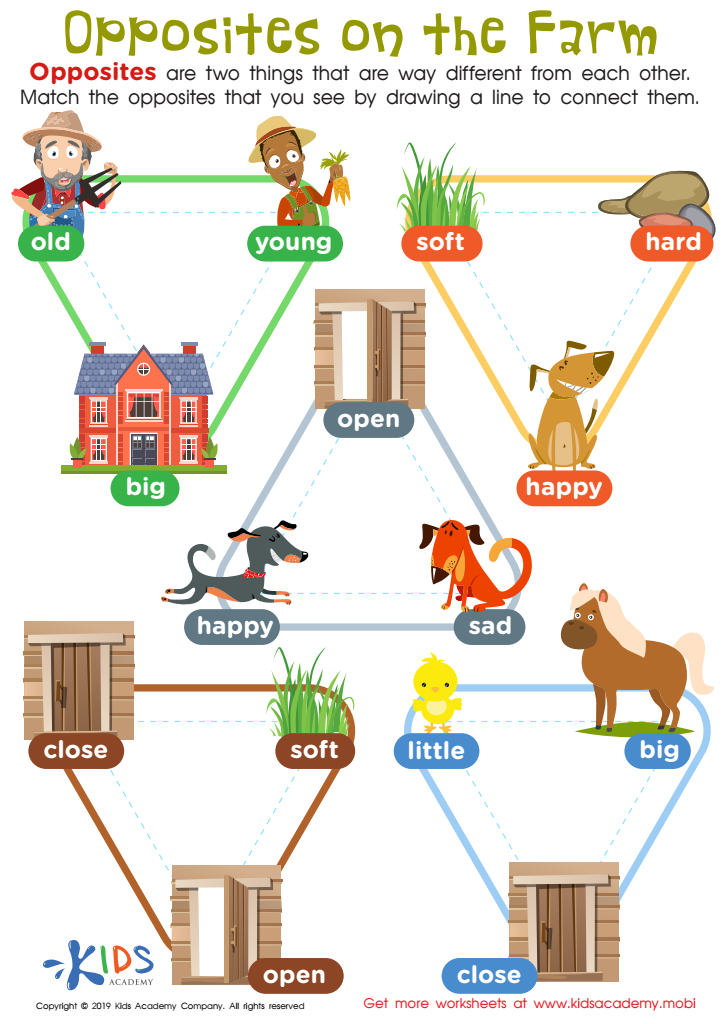

Opposites on the Farm Worksheet
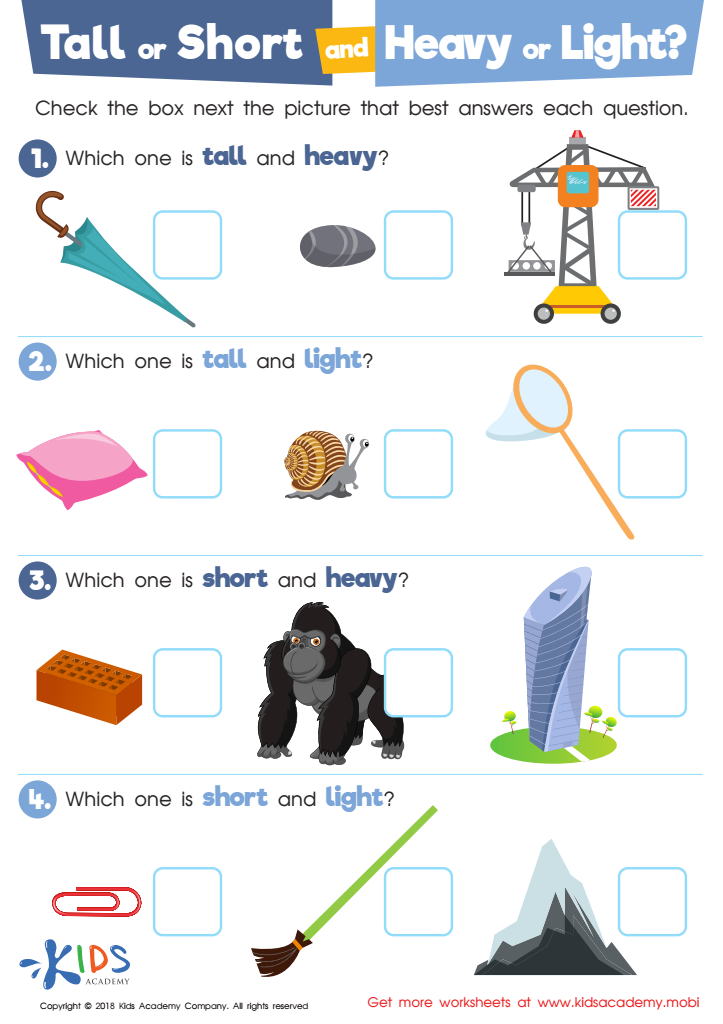

Tall or Short and Heavy or Light? Worksheet
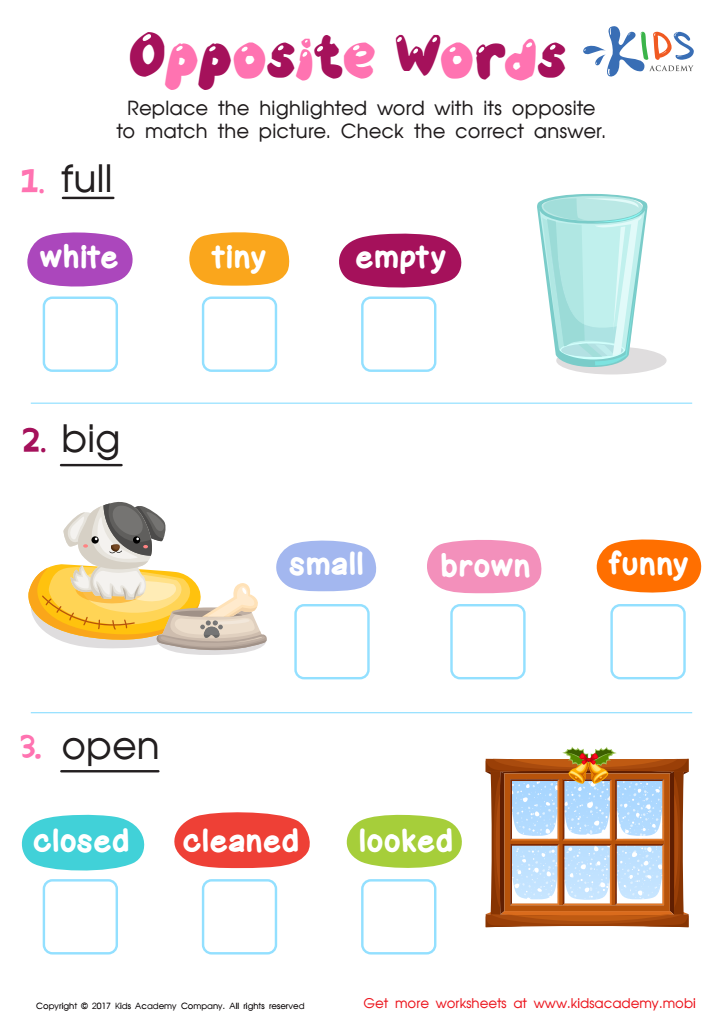

Opposite Words Worksheet
Understanding opposites is a foundational concept in early childhood education that plays a crucial role in cognitive and language development for kindergarteners. Parents and teachers should care about this area of learning because mastering opposites enhances children's critical thinking and problem-solving abilities. When young learners grasp concepts like hot and cold, big and small, or happy and sad, they begin to understand the complexity of the world around them.
Furthermore, recognizing opposites helps children develop their vocabulary and communication skills. By learning about contrasting words, youngsters expand their language repertoire and improve their ability to express feelings, describe situations, and engage in meaningful conversations.
Socially and emotionally, understanding opposites encourages empathy. When children learn about emotions like joy versus sadness, they become more adept at recognizing those feelings in themselves and others, fostering better relationships with peers.
Additionally, incorporating lessons on opposites can make learning more interactive and enjoyable, as teachers and parents can use games, songs, and creative activities to reinforce concepts. Ultimately, understanding opposites not only supports academic growth, but also equips children with essential life skills that contribute to their overall development and well-being.

 Assign to My Students
Assign to My Students




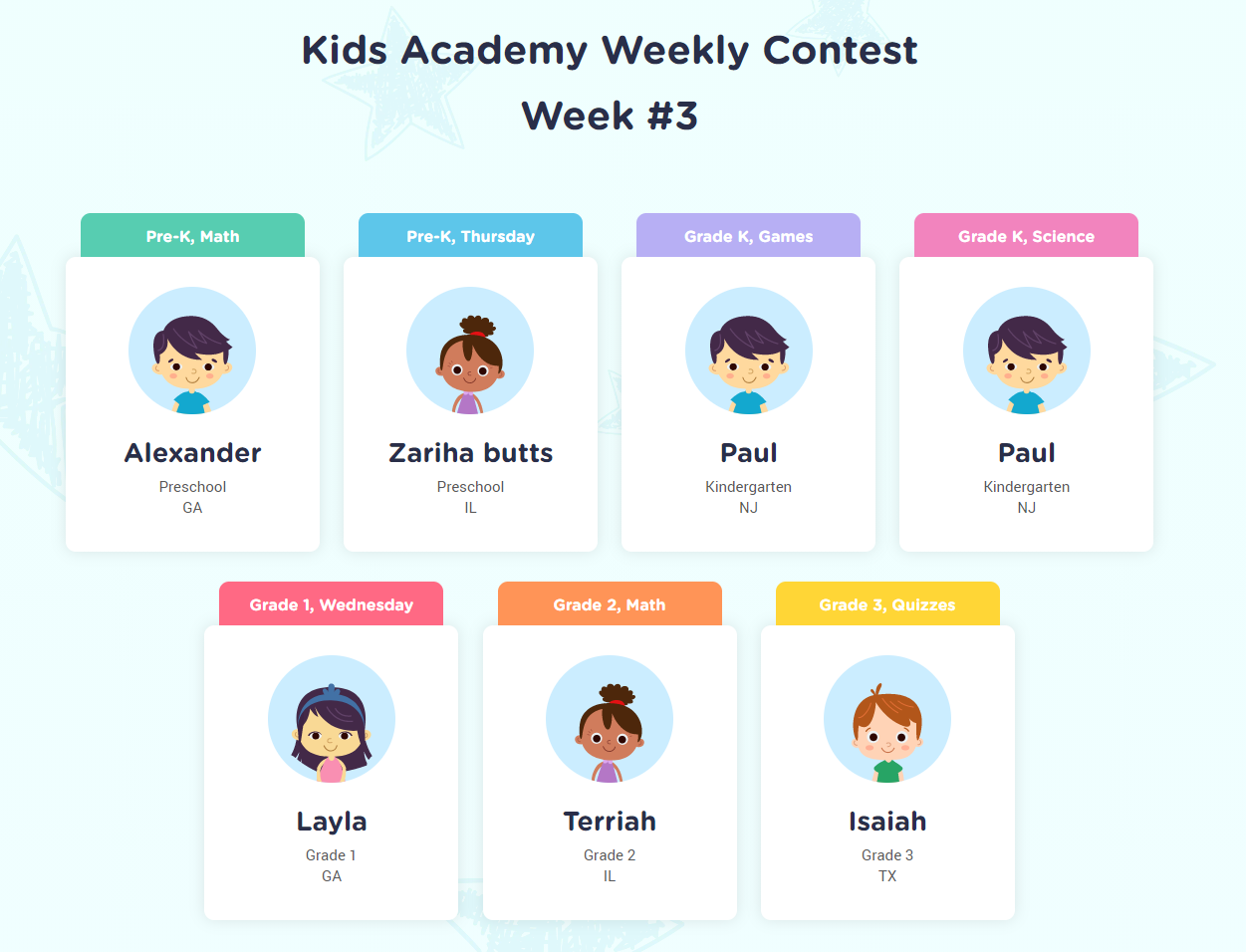
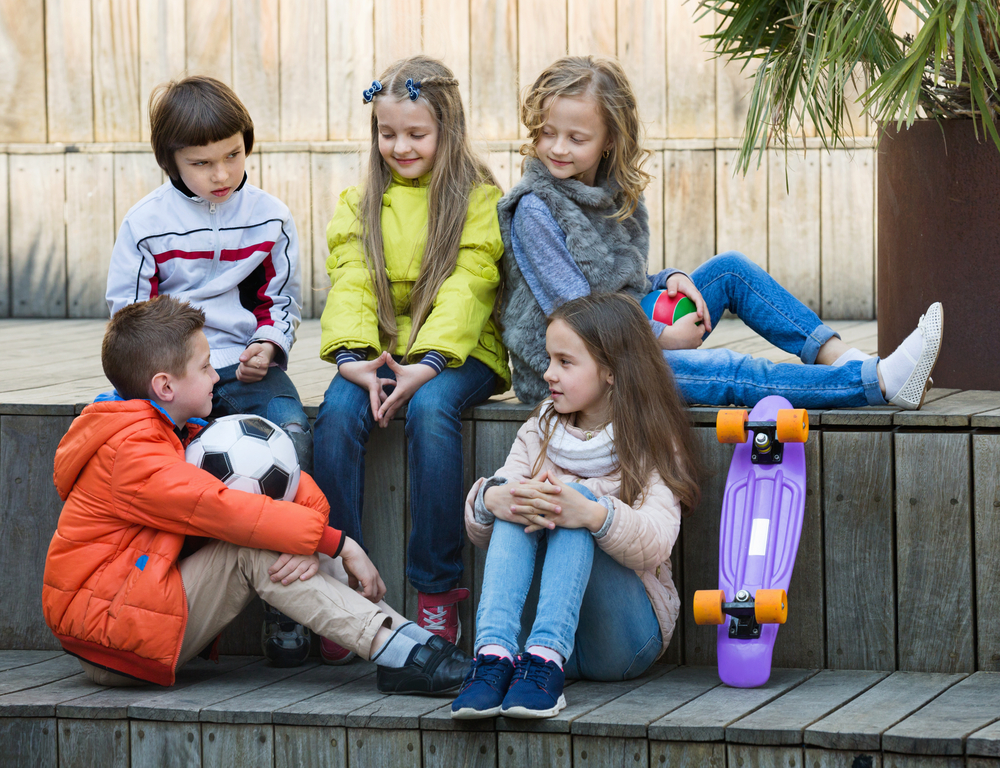
.jpg)


